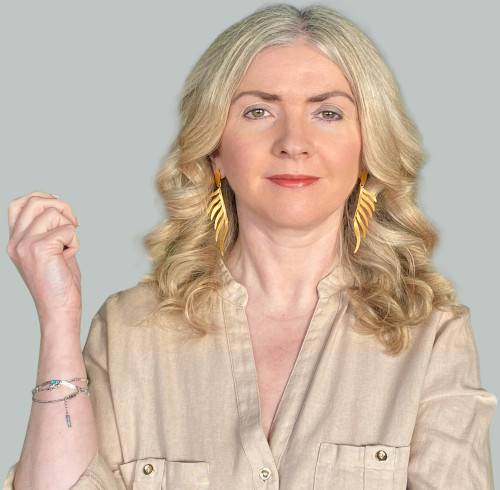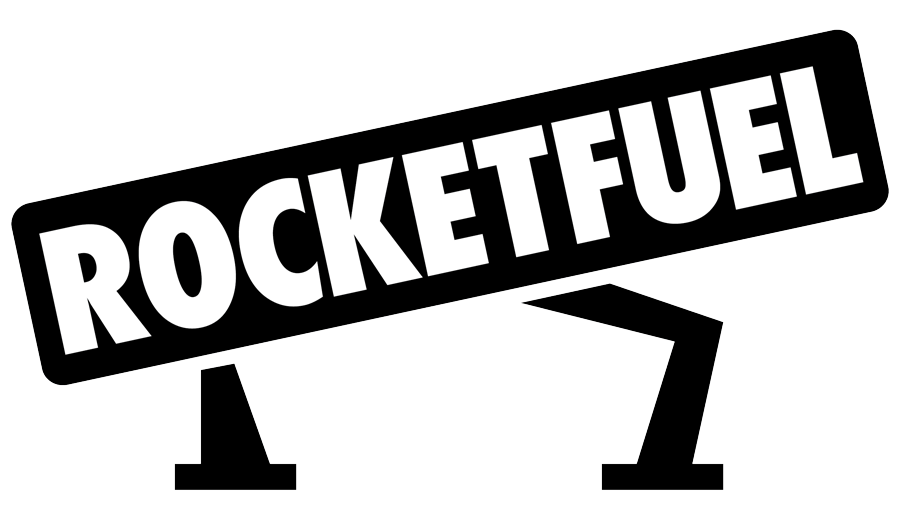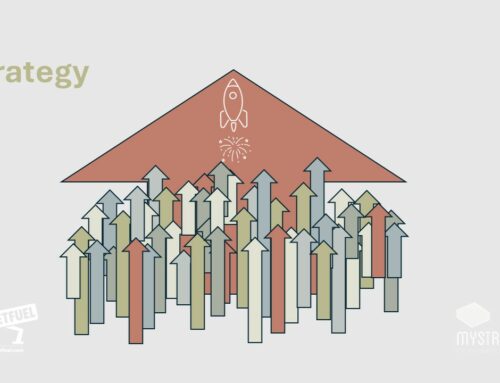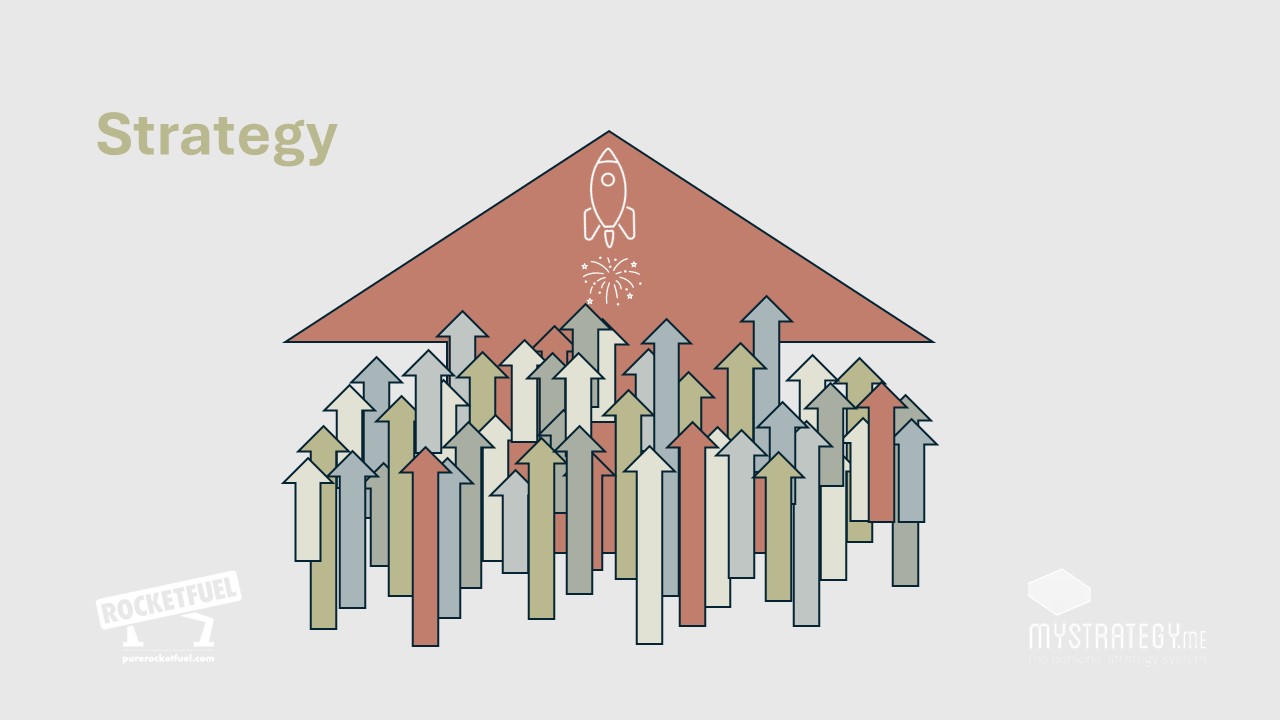
Make sure your left hand knows what your right hand is doing (and why), for full alignment, says Leadership & Performance Coach, Davina Greene.
You know that lovely feeling of “All’s right with the world. I’m doing the right things and I’m getting the right results”? No? Well, join the club – it’s a big one! Many people are chuffed to bits with their day-to-day progress, which is great; however, many others are a bit agitated that there’s a lot going on, and a lot of ideas, but without much in the way of “giant leap” results. What can we do about it?
What Does Strategic Alignment Involve?
In business strategy, we focus heavily on the concept of alignment of People and Plans. Achieving alignment is another beast entirely, but being aware of the concept is a critical starting point. Like most things in life, I find that this concept can be helpfully illustrated by a scene from Friends. Ross Geller, at a paleontology conference, introduces Joey Tribbiani to a fellow paleontologist. Joey, an actor, hints that she may know him from the show Days Of Our Lives. She doesn’t own a TV. His reaction “You don’t own a TV? What’s all your furniture pointed at?”.
Alignment warrants the same sort of question: If you don’t own some kind of mental image of where you want to end up, then what are all of your thoughts, words and actions pointed at? If there is something you want to achieve, they need to be aimed at that – otherwise, we run around like headless chickens, aimlessly “busy”, making endless excuses.
Communication is key to alignment – even if that communication is simply with yourself. How can a company spread across the planet get thousands of people to achieve the chosen goal, if they don’t tell them what the goal is, and reinforce it constantly? Likewise, how can you get you to put steps in place to achieve your goals, if you haven’t taken the time to spell them out to you?
We give way to much credit to the foggy thoughts we leave hanging in the back of our minds, on hold until the mythical “one day…”. They may disappear, “one day” may never come. If you really want something, you need to instruct yourself to pull it to the forefront, to focus on it, to track your progress. You need to self-manage. You need a personal strategy to achieve full alignment.
The 7 Components of Strategic Alignment
What are the components that need to work together to create this alignment? To me, there are seven, and they make up my Personal Strategy Model, used with clients and the framework of my MyStrategy.me system. The vocabulary is equally relevant in organizations.
There’s Purpose – the bigger meaning or intent of the organization or individual. Then Vision, the next ‘snapshot’ position that needs to be achieved, which may result from several sub-goals. Values then influence the manner in which all of this will be achieved. So, that’s all the bigger-picture stuff.
After that, the individual or business needs to understand itself; there needs to be significant, continuously developing Self-Knowledge. Alongside this, Learning & Ideas need monitoring ; how else can we improve our knowledge and keep things fresh? After all, ongoing thoughts and ideas give you hints as to who you are, what you care about, what’s working.
Finally comes the real ‘machine’ of the operation: Goal-Setting and Progress Monitoring, for alignment of thoughts and actions. The former has become an industry in itself; lack of the latter is why individuals and businesses fail in their aims every day. By failing to monitor and track, we fail to see what’s changing around us, fail to review our strategy to cope with those changes, and therefore fail ourselves.
Sounds easy, doesn’t it? You know all these words, so you’re essentially “doing them already”, right? Well, probably not, because there is a certain amount of effort and discipline involved in personal strategy alignment that not everyone holds. This is a big, conceptual job and takes time – ‘thinking time’, more so than anything else.
If you are a business leader or employee, think about whether you know for sure what your actions are supposed to be directed at right now.
Then, of course, ask yourself: What am I ‘pointed at’ right now? Am I moving the direction in which I want to move? Now is as good a time as any to start that conversation with you.
Key Questions To Aid Alignment
- What are you working towards right now? What story are you building? If you are part of an organization, how are you engaging employees with that story?
- What is the difference between you/your organization now and five years ago? Are you happy with your progress?
- Do you Think and Do as much as you Read and Listen? Are you all research and no actual action?
- At a personal level, are there tasks you could delegate, to free up time for more reflection on current thoughts and goals?
- Communication is vital – with yourself, or across an organization. In either case, how often are you investigating progress. Does the left hand truly know what the right hand is doing?
Interested in investing in your own personal – and personal strategy – development? Check out www.MyStrategy.me!
Share This!
About the Author
